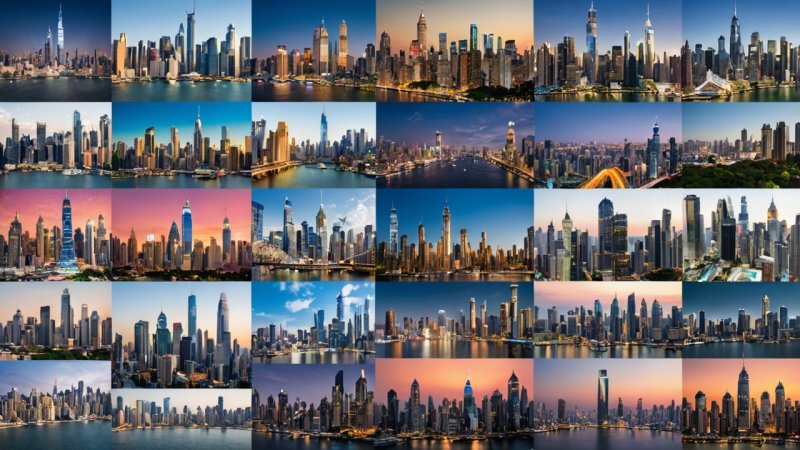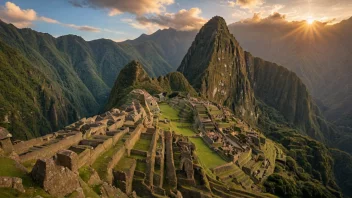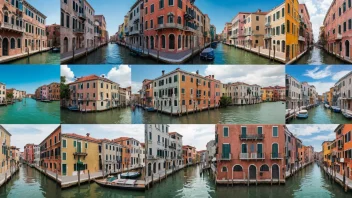Globalization has significantly transformed urban landscapes around the world, creating vibrant hubs of culture, economy, and innovation. As cities continue to evolve, they reflect a blend of local traditions and global influences. In this article, we will explore seven urban spaces that epitomize the impact of globalization, showcasing their unique characteristics and the experiences they offer to visitors.
1. New York City, USA
Often referred to as the 'capital of the world,' New York City is a melting pot of cultures, languages, and ideas. The city’s skyline is punctuated by iconic structures like the Empire State Building and the One World Trade Center, symbolizing its economic prowess. Visitors can explore neighborhoods such as Chinatown, Little Italy, and Harlem, each offering a distinct taste of global culture.
2. Tokyo, Japan
Tokyo is a dazzling example of globalization, where ancient traditions coexist with cutting-edge technology. The bustling streets of Shibuya and Shinjuku highlight the city's dynamic nature, while districts like Akihabara showcase Japan's influence on global pop culture. Don't miss the chance to enjoy a traditional tea ceremony or visit historic temples amidst the modern backdrop of skyscrapers.
3. London, England
London has long been a global hub for finance, fashion, and culture. The city’s rich history is evident in landmarks like the Tower of London and Buckingham Palace, while its multicultural neighborhoods reflect its diverse population. Areas like Brick Lane are famous for their vibrant street art and culinary experiences, offering visitors a taste of the world without leaving the city.
4. Dubai, UAE
Dubai is a prime example of how globalization can reshape a city. Known for its luxurious lifestyle and ambitious architecture, the city features awe-inspiring structures like the Burj Khalifa and the Palm Jumeirah. Dubai's shopping malls and entertainment venues attract visitors from around the globe, making it a unique blend of traditional Arabian culture and modernity.
5. Mumbai, India
As India's financial capital, Mumbai showcases the complexities of globalization. The city is a tapestry of wealth and poverty, with high-rise buildings standing alongside slums. Visitors can explore the Gateway of India, enjoy the vibrant street food scene, and experience Bollywood magic. Mumbai's diverse neighborhoods offer a glimpse into the rich cultural fabric of India influenced by global trends.
6. Sydney, Australia
Sydney is renowned for its stunning harbor and iconic Opera House, but its urban landscape is also shaped by globalization. The city is home to a diverse population, with neighborhoods like Newtown and Surry Hills reflecting a mix of cultures. Visitors can enjoy outdoor activities at Bondi Beach, indulge in global cuisine, and explore the city’s dynamic arts scene.
7. São Paulo, Brazil
São Paulo is Latin America's largest city and a vital economic center. Its urban environment is characterized by high-rise buildings, bustling markets, and cultural institutions. The city’s neighborhoods, such as Liberdade, are rich in Asian influences, showcasing the diverse ethnic communities that contribute to its vibrant culture. São Paulo is also known for its street art, making it a canvas for global artistic expression.
In conclusion, globalization has profoundly shaped urban spaces around the world, creating cities that are rich in diversity and cultural exchange. From the bustling streets of New York City to the vibrant markets of São Paulo, each urban landscape offers unique experiences that reflect the interconnectedness of our global society. As travel enthusiasts explore these cities, they will not only witness the remarkable impact of globalization but also gain a deeper appreciation for the rich tapestry of cultures that define each destination.






